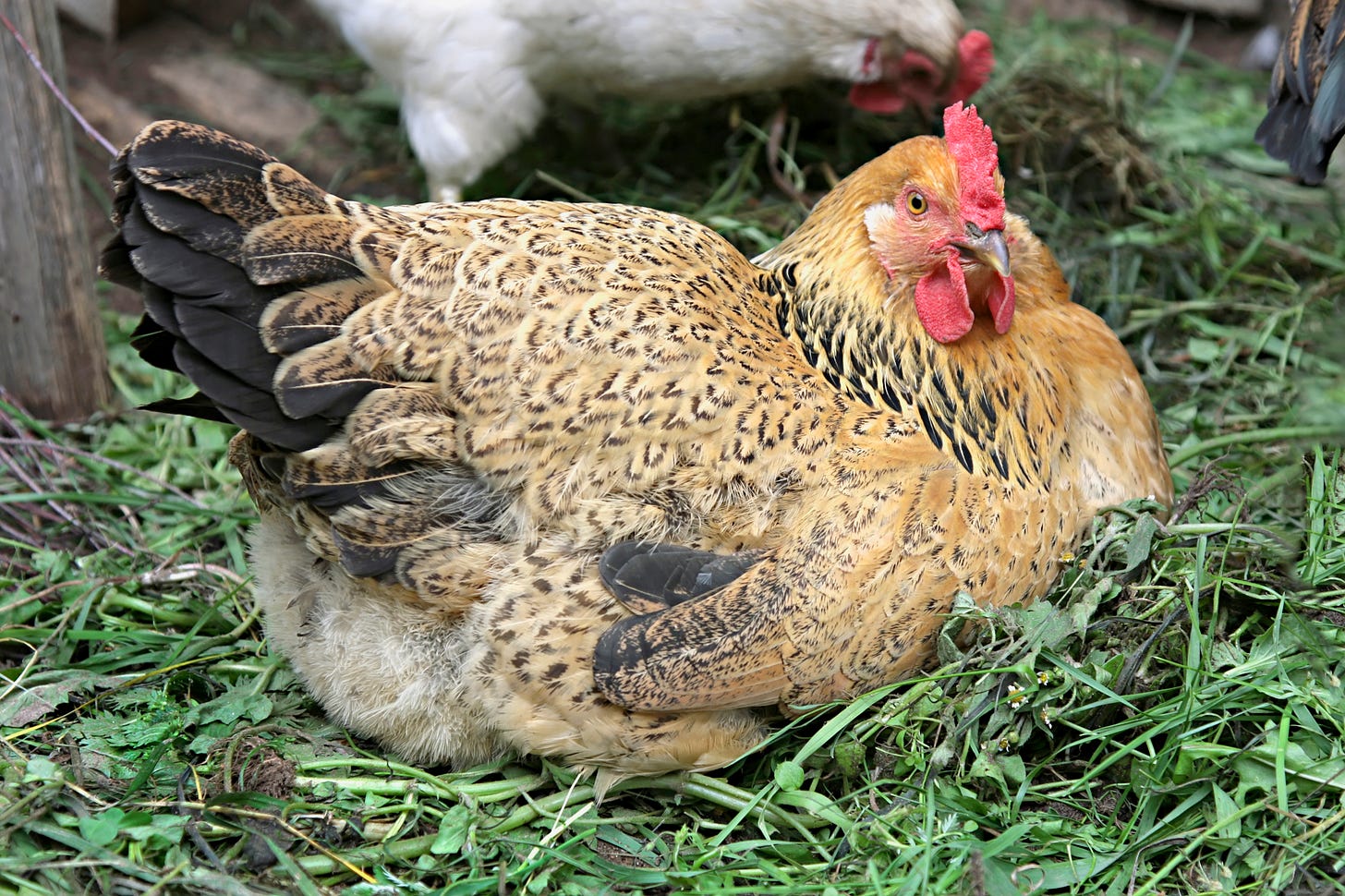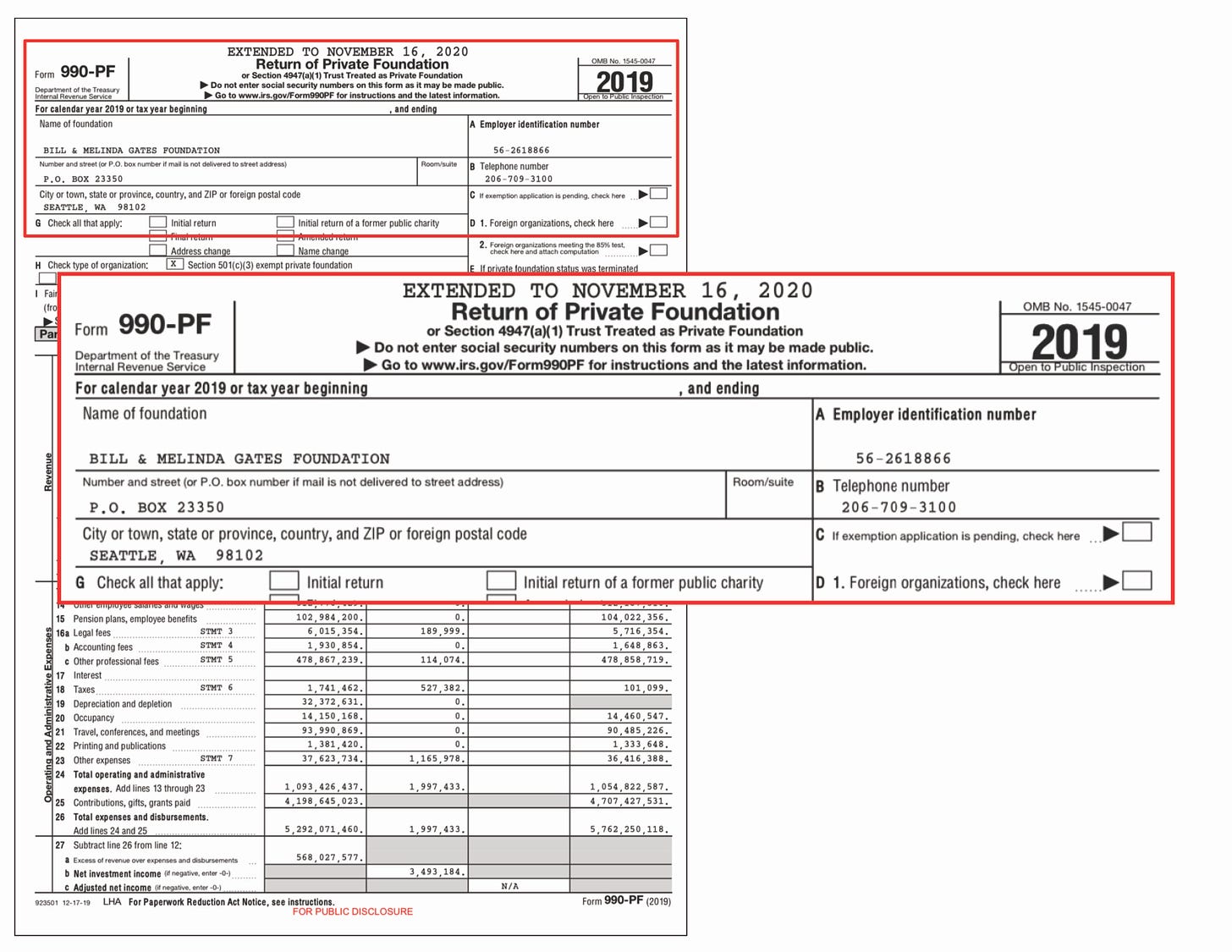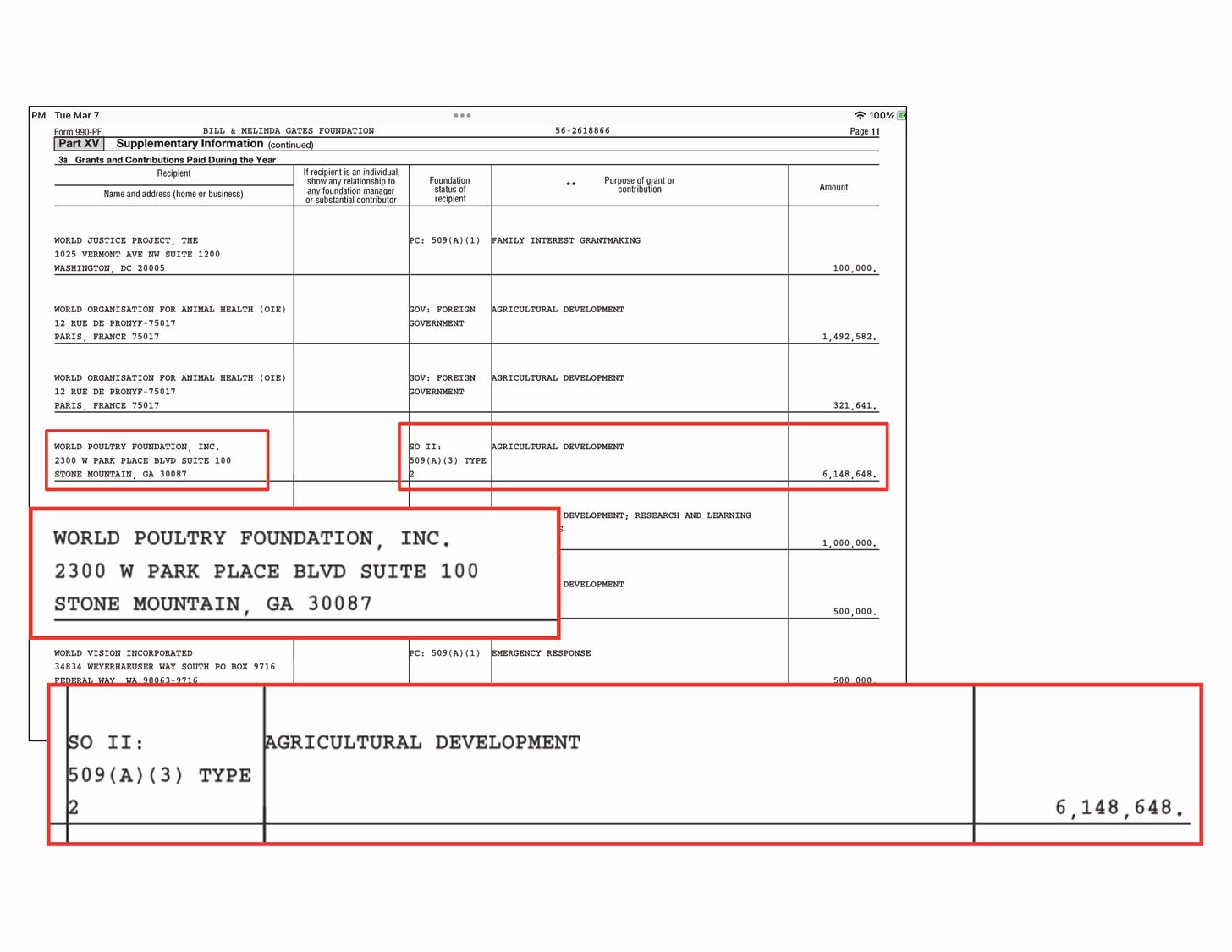By Emmie Cromwell - The subject of this newsletter is one about which I never imagined writing, and if I had to guess, one about which you never imagined reading.
But, then again, I have taken the road less traveled when it comes to writing, so perhaps this shouldn’t be surprising. I wrote engineering papers in college, fictional stories on the side after graduating and then naturally transitioned to writing about Covid.
As I’m sure you all know, Covid is a complex beast about which there is a plethora of information to study and write. In my case, pandemic research brought me specifically to Bill Gates. I am determined to uncover and publicize all that I can find regarding his globalist pursuit. This is a result of his push for mRNA vaccines that ultimately ended any discussion of early therapeutics; treatments that, if not for him, the pharmaceutical industry, and corrupt doctors, could have been administered immediately upon arrival of the pandemic.
So, now that you have a better understanding of why I write so often about Bill Gates, perhaps you won’t deem me crazy when admitting that I peruse his foundation’s 990-PF IRS forms on occasion. These filings provide a wealth of information regarding his grant-giving. Since these yearly filings are typically more than 1000 pages long they take time to analyze. Therefore, I pick and choose what to look at depending on my mood.
Yesterday, I was reviewing grants listed under W for a better idea of the foundation’s World Health Organization provisions.
If you’re impatient, as I can be, you may be asking, “Emmie… how do Bill Gates, his foundation, and the World Health Organization have anything to do with poultry?”
To which I will explain that my scanning of these pages of WHO grants went something like this:
World Health Organization…
World Health Organization…
World Health Organization…
…
World Health Organization…
…
World Poultry Foundation…
World… Wait, what?
Yes, I read that correctly, The Bill and Melinda Gates Foundation gave the World Poultry Foundation a $6,148,648 grant for Agricultural Development in 2019!
Darn it! Now I have to look up the World Poultry Foundation! I certainly can’t ignore this grant despite the fact that poultry is a subject into which I’m not exactly thrilled to delve.
Reluctantly, I searched ‘World Poultry Foundation’ on my internet browser but was distracted by a thought upon hitting enter.
Weren’t people talking about chicken fires recently?
I quickly erased ‘World Poultry Foundation,’ and typed ‘Chicken Fires’ instead.
The search results were as follows:
‘Tyson Chicken Fries - Any’tizers Snacks…’
‘Chicken Fries Recipe: How to Make It - Taste of Home’
‘Conspiracy Theory Brewing Over Chicken Farm Fires Is False / NFPA’
Bam!!!
We’ve got ourselves a chicken conspiracy!
Click
I am directed to an article on the NFPA (National Fire Protection Association) website called ‘Conspiracy Theory Brewing Over Chicken Farm Fires Is False, Experts Say’ by Angelo Verzoni. Published in NFPA Today - February 1, 2023
It may be obvious to most that along with having Epilepsy, I also have ADHD; as proven by my initial perusing of World Health Organization information that, within minutes, became a search about chicken conspiracies.
Angelo tells us in the first paragraph, “First it was fires in food processing facilities. Now, a seemingly growing number of people are claiming there’s something suspicious about fires occurring at chicken farms across the United States.”
Then Verzoni starts talking about someone on twitter who goes by the name of Catturd. Since I’m new to Twitter, this is my first introduction to Catturd. This Tweeter to whom Angelo espouses clear superiority, expresses some concerns about fires at chicken farms and the possibility of a deliberate attempt at affecting the food supply.
However, Angelo Verzoni assures me that Catturd is a conspiracy theorist.
There was a time when I would side with someone named Angelo over Catturd until proven otherwise. Yes, I know I’m not supposed to make such judgements, but those days have come and gone. These days, when someone calls another person a conspiracy theorist, I tend to side with the so-called conspiracy theorist until proven otherwise. So, while I want to give Verzoni the benefit of the doubt, I’m sticking with Catturd for now.
What say you Angelo Verzoni? Prove me and Catturd wrong.
Angelo goes on to say that Catturd “pointed to incidents like a fire that killed 100,000 chickens at a farm in Connecticut on January 28 and a fire in December that killed 250,000 chickens at a farm in Pennsylvania.”
I’ll just speed the summary up a smidge,
Blah, blah, blah…
“People allege…”
“government attempt…”
“disrupting food supply…”
“soaring egg prices…”
“gouged…”
“Tucker Carlson…”
“Many factors…”
“Avian flu…”
“Inflation…”
“Nothing to do with fires at chicken farms…”
“Quite common…”
Ah… here we go… a section called ‘The numbers don’t lie’
Okay, Angelo’s got some stats for me. Is Catturd going to be proven wrong?
Verzoni writes “According to data included in a recent Fire Protection Research Foundation (FPRF) report on fires in animal housing facilities, an estimated average of 930 fires occurred annually in livestock or poultry storage properties - which include spaces like barns, stockyards, and animal pens - in the US from 2014 to 2018 An additional average of 750 fires occurred annually in livestock production properties. Combined that’s more than four fires on average each day.”
Are you asleep yet?
He goes on to say that “… from 2013 to 2017, the AWI [Animal Welfare Institute] reports that more than 325 barn fires occurred in the US, killing nearly 2.8 million animals. Ninety-five percent of the animals killed were chickens.”
Okay Angelo, let’s look more closely at these numbers.
Sadly, this means I have to look at the link he gave for the FRPF report where he found his numbers.
Click
Darn it again! It’s 73 stinkin pages long!
Okay, I need to reevaluate my intended purpose for this newsletter.
I either (a) try to read the whole thing and fall asleep three pages into it, or (b) go to the part where he got the numbers, check his math and move on.
I’ll take (b) please.
Checking the math took a bit longer than expected because the numbers are a bit confusing, but after reading the section in this report several times, I have surmised the following:
From 2014 through 2018, there were:
1,310 total fires at livestock or poultry storage properties
750 total fires at livestock production properties
My calculation are as follows:
1,310 + 750 = 2,060 total fires in 2014, 2015, 2016, 2017, and 2018 combined.
Angelo states that there are an average of:
4 of these types of fires each day.
Let’s check the numbers, because they don’t lie:
2060 fires / 5 years = 412 fires / year
412 fires / 365 days = 1.13 fires per day
I have to say the this report made my eyes cross, so I’m not 100% sure the numbers they gave me are accurate, but I’m fairly confident that I read it properly.
Our calculations differ because Angelo calculated the numbers based on a yearly quantity, but it seems clear that they were listing total fires over a five year period. Thus we have a three fire difference.
But… despite the difference, one fire a day still sounds like a lot.
I think we’re better off looking at the chicken mortality numbers reported.
Isn’t this exciting?
The report states that 2,599,145 chickens were killed in barn (industrial confinement shed and traditional barns) fires from 2013 through 2017. It’s not clear whether there are additional chicken deaths in non-barn related fires during this span of time, but since this is the info they are providing, I’ll do the following calculations:
2,599,145 chicken deaths / 5 years = 519,829 chicken deaths / year
519,829 chicken deaths / 365 days = 1424 chicken deaths / day
What can I say… that sounds like a lot of chickens.
But let’s compare it to the fires that Catturd was referring to.
250,000 poultry killed in fire on December 13, 2022
100,000 hens killed in a fire on January 28, 2023
350,000 chicken deaths / 47 days = 7447 chickens / day
So, there you have it…
Angelo Says its all normal, however…
my chicken deaths / day calculation shows a different story.
Angelo says that normally there is an average of:
1,424 chicken deaths / day
During the time about which Catturd was speaking there was an average of:
7447 chicken deaths / day
Again, I should note that I did not read all 73 pages. However, in my opinion…
Catturd had a perfectly valid reason to express concerns about disruptions in the food supply chain.
Cluck! Cluck!







Well, the fires are totally sus. As a consequence In the Seattle area, Chicken is avg $10.00 lb and white hideously raised eggs are min $5.49 a doz, and luscious "pasture raised" are $7.99+ per dozen. I find the pasture raised claim dubious, but the pictures are so pretty, they must be telling the truth...
Trust but verify.... right??? LOL